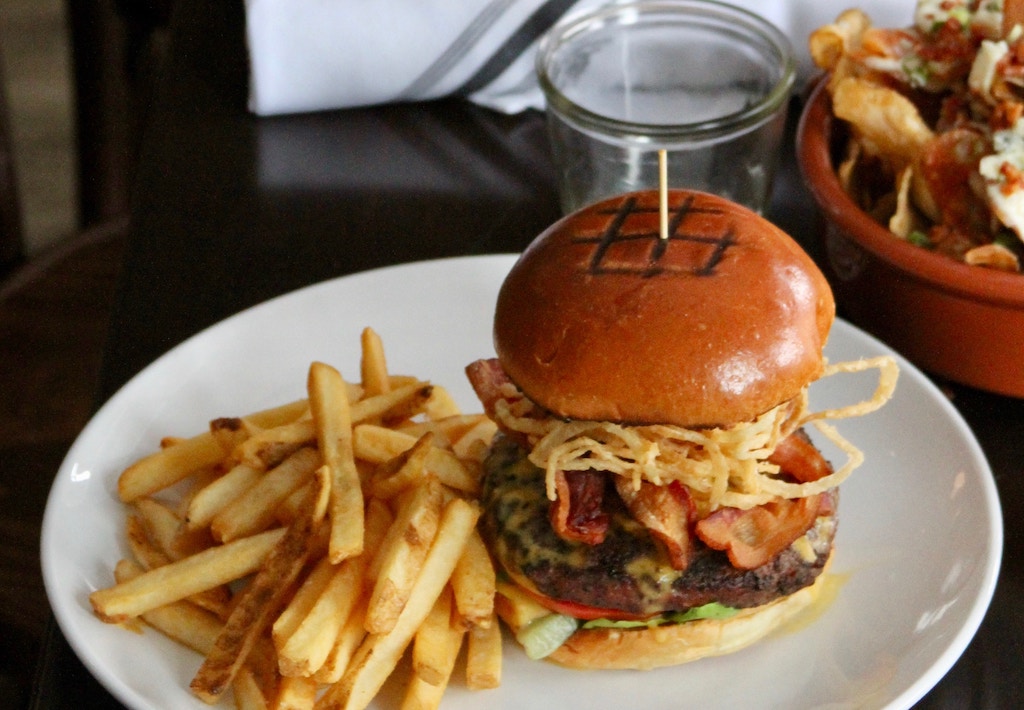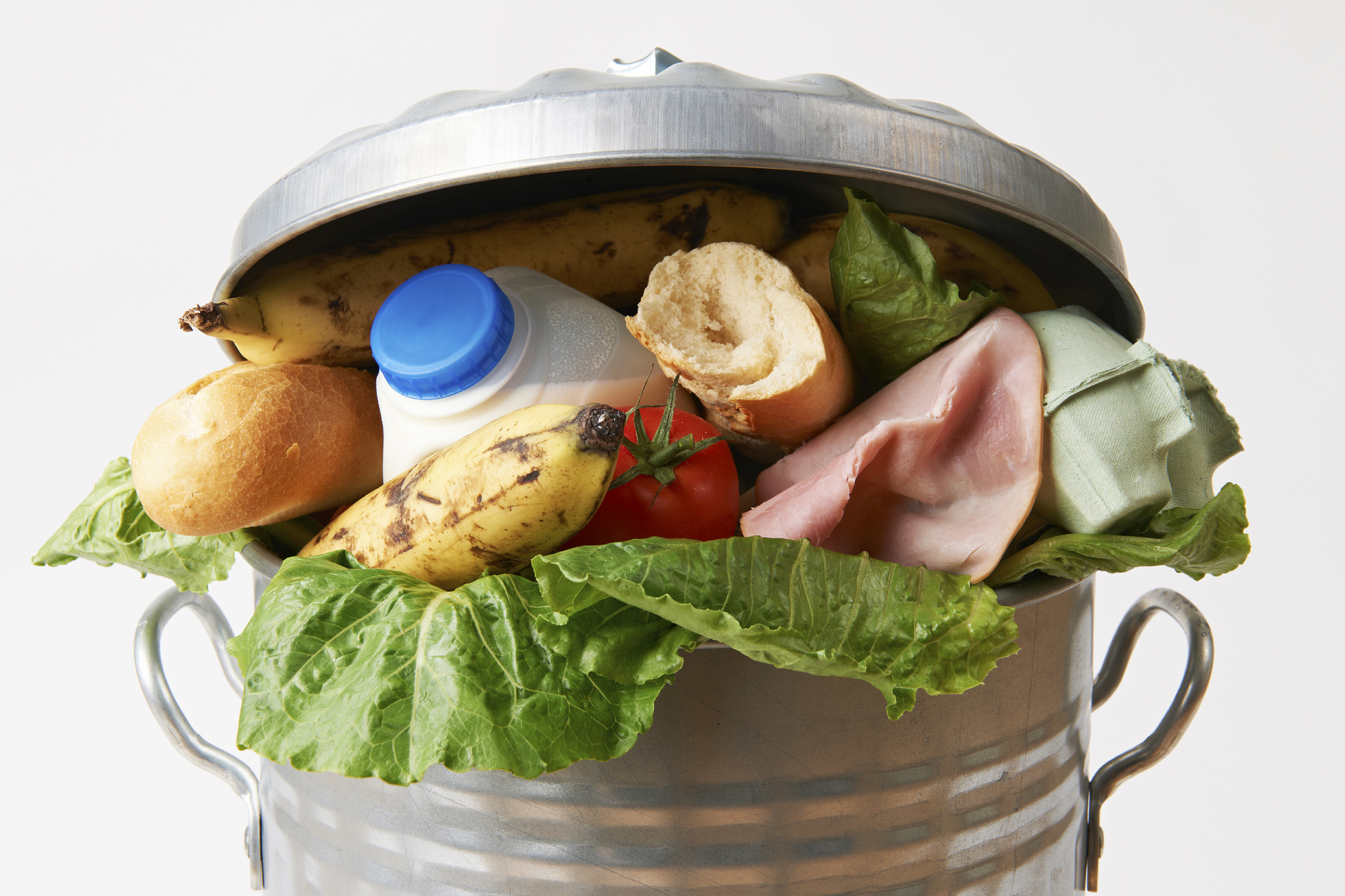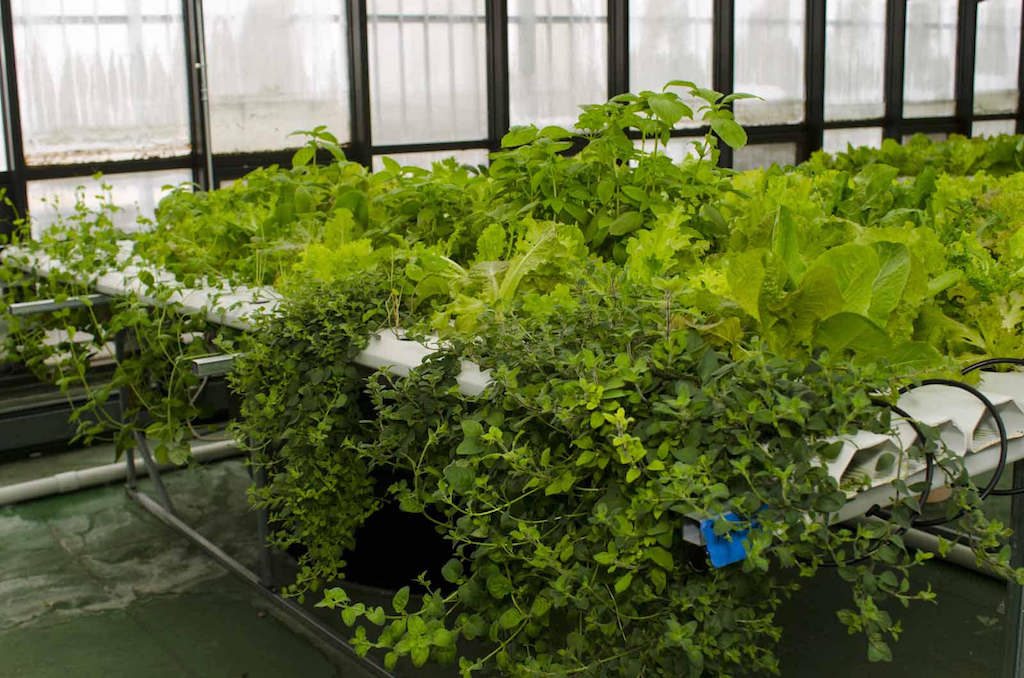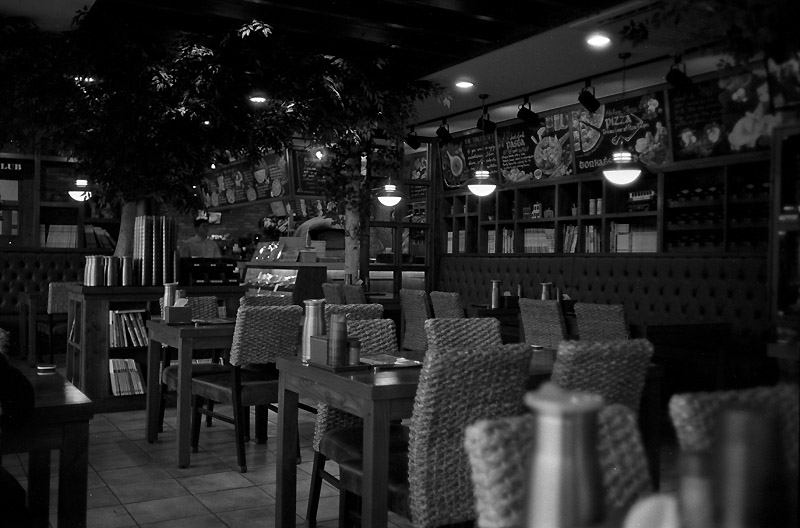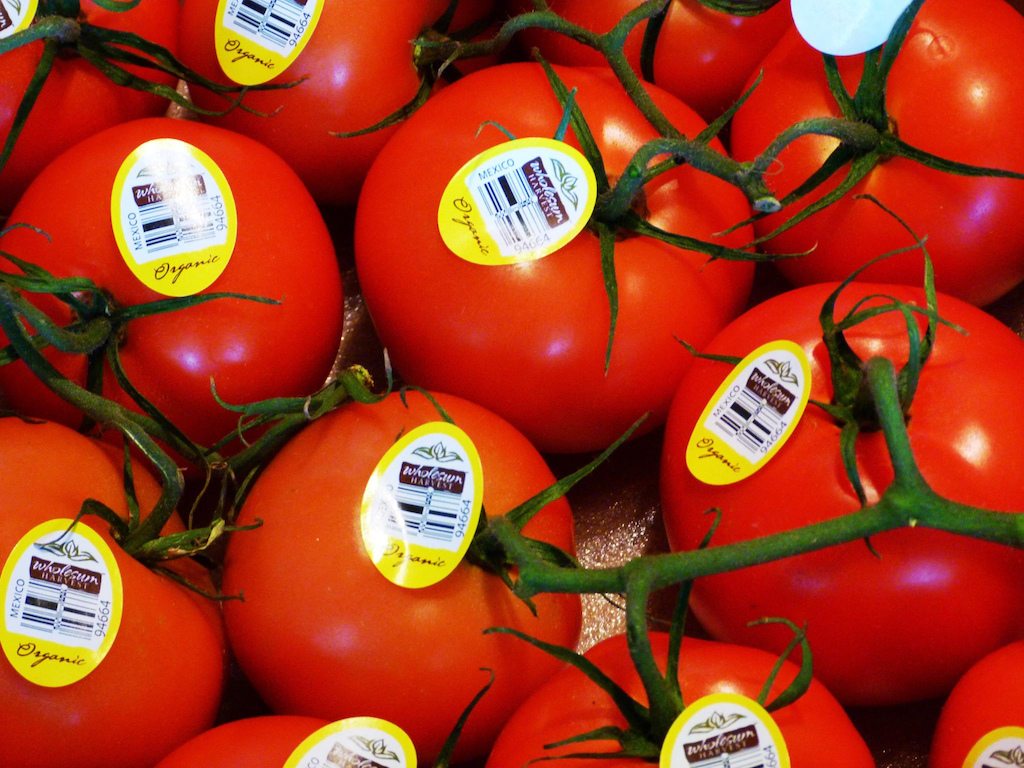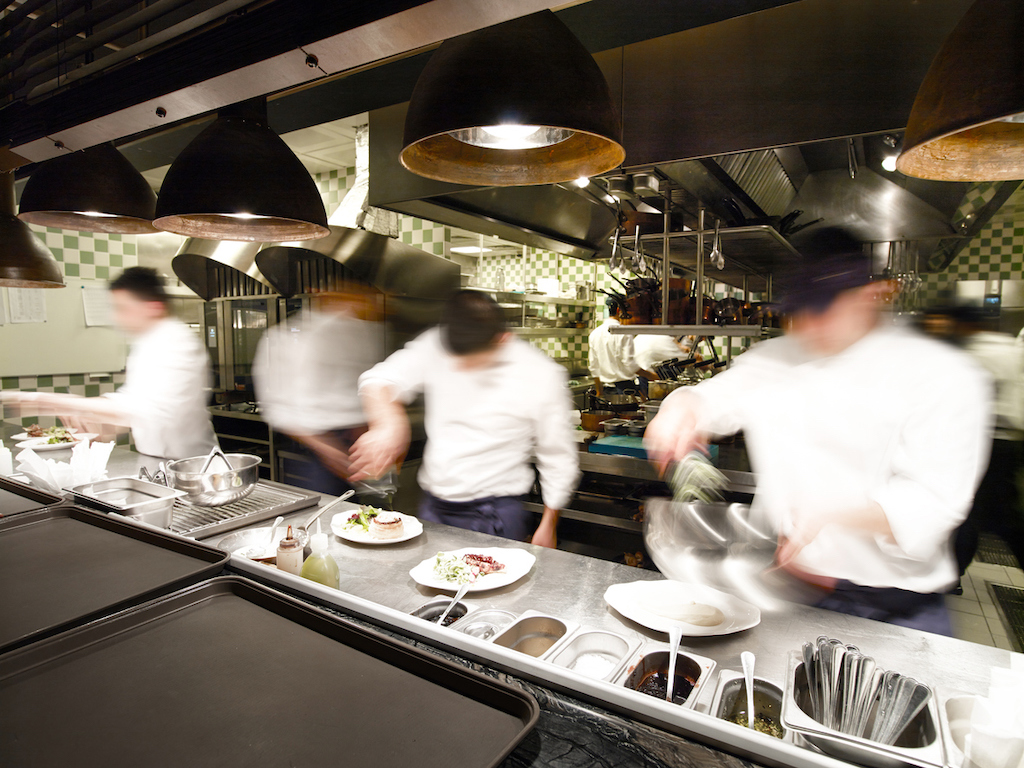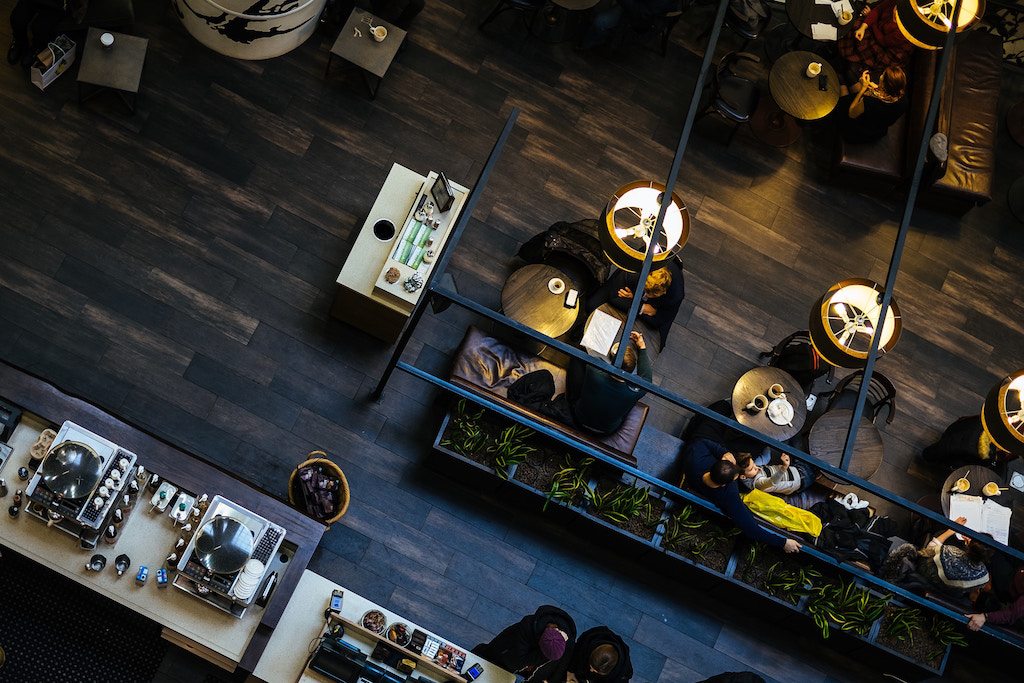
Earlier this summer, I wrote about the Good Food 100 Restaurants list—an effort by food industry entrepreneur Sara Brito and her nonprofit Good Food Media Network to survey restaurants across the country, from fast casual to fine dining to food service, based on the percentage of their total food purchases spent in support of local, regional, and national producers.
Implicit in the exercise of compiling the list was an interesting proposition for eaters: What if we shifted the way we think about restaurants? What if, instead of evaluating how good a particular chef’s food tastes, we looked at how good their cuisine is as food?
Over the course of three months, 90 restaurants across the country reported their total purchases of “good” food, which GFMN broadly defines as “good for every link in the food chain: the environment, plants & animals, farmers, ranchers & fisherman, restaurants, and eaters.”
During the data-gathering phase, restaurants were required to report the quality of their purchases in various food categories: bread and grains, for instance, or dairy and eggs, as “good,” “better,” and “best.” For each of the quality categories, a minimum threshold had to be met. In the dairy and eggs category, for example, “good” meant raised without the use of sub-therapeutic antibiotics or added hormones, no cages or confinement. “Better” meant the products were pasture raised, or locally/regionally raised using non-industrial agriculture/factory farming methods and conditions. And “best” added to those qualifiers that the products were also produced in non-industrial agriculture/factory farming settings and used no industrial methods. Finally, restaurants reported their total purchases from individual producers (not distributors or purveyors) at the local, regional, and national levels.
The survey results were announced in June. (You can view the complete list here.)
But there was another project in the works—a companion to the list—that will have more practical (and powerful) uses outside the Good Food 100 kitchens: A national economic impact study that quantifies the “direct, indirect, and induced impacts on employment, labor income, value added, and output” that these restaurants had on the overall economy. Translation: their leverage. Political change, as we know, is for contributors, just as coffee is for closers.
Last year, I traced the evolution of the chef-as-policy-wonk in an effort to understand how restaurants could be used as tools of political change. I looked at three key attributes: 1) buying power, 2) built-in followings, and 3) access. At the time, Katherine Miller, senior director of food policy advocacy for the James Beard Foundation, was putting it to chefs this way: “You employ hundreds of people, generating millions in local revenue. You’re exactly the constituent that should be in conversation with legislators.”
Now—at least for these 90 restaurants—we know just how many millions of dollars in impact they’ve had. GFMN on Monday released the results of its 2016 study, which was conducted by the Business Research Division (BRD) of the Leeds School of Business at the University of Colorado Boulder. Twitter-friendly finding? “The overall food purchases by the 90 participating Good Food 100 Restaurants totaled $94.8 million in 2016, of which $68.1 million were derived from good food purchases.”
Or, put another way: If food talks in the conversation between chef and diner, then in the conversation between chef and policymaker, money does. And these 90 restaurants alone “reported spending $94.8 million on bread and grains, dairy and eggs, fish and seafood, meat and poultry, fruits and vegetables, and other miscellaneous food items. The $94.8 million had a $277.1 million economic impact on the nation,” both directly and indirectly. (“Indirectly” in this case refers to upstream economic activity impacted by a restaurant’s purchases.)
That’s a pretty powerful constituency of, in the political parlance of our time: “economic drivers.”
It’s useful in tallying economic contributions to know that this study only examined food purchases. It did not look at restaurant operations, including the purchase of alcohol or management and support staff or construction. But one reason for the study, Brito told me when the list of restaurants was announced, was to help tell a broader story about “state and regional nuances,” and whether sustainable purchasing is being made more difficult at the supply, demand, or cost level.
The National Restaurant Association estimates that there are more than a million restaurant locations in the United States, employing close to 15 million people—that’s 10 percent of the country’s labor force. It’s an industry expected to generate nearly $800 billion dollars in sales this year. Not all that long ago, the consequences of a chef’s purchasing decisions mostly played out in the back of the house. But if each individual restaurant is akin to a micro-constituency—a voting block, a lever—that, as I said in my piece from last year, “pits a chef against some of the thorniest issues we face in local economies: labor, wages, taxes, pricing, food access, purchasing and sourcing,” then each restaurant’s purchasing decisions could be considered potential political change-agents, too.
And that’d be a whole new way to talk about the power of the plate.


